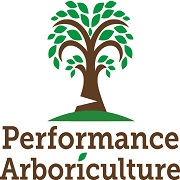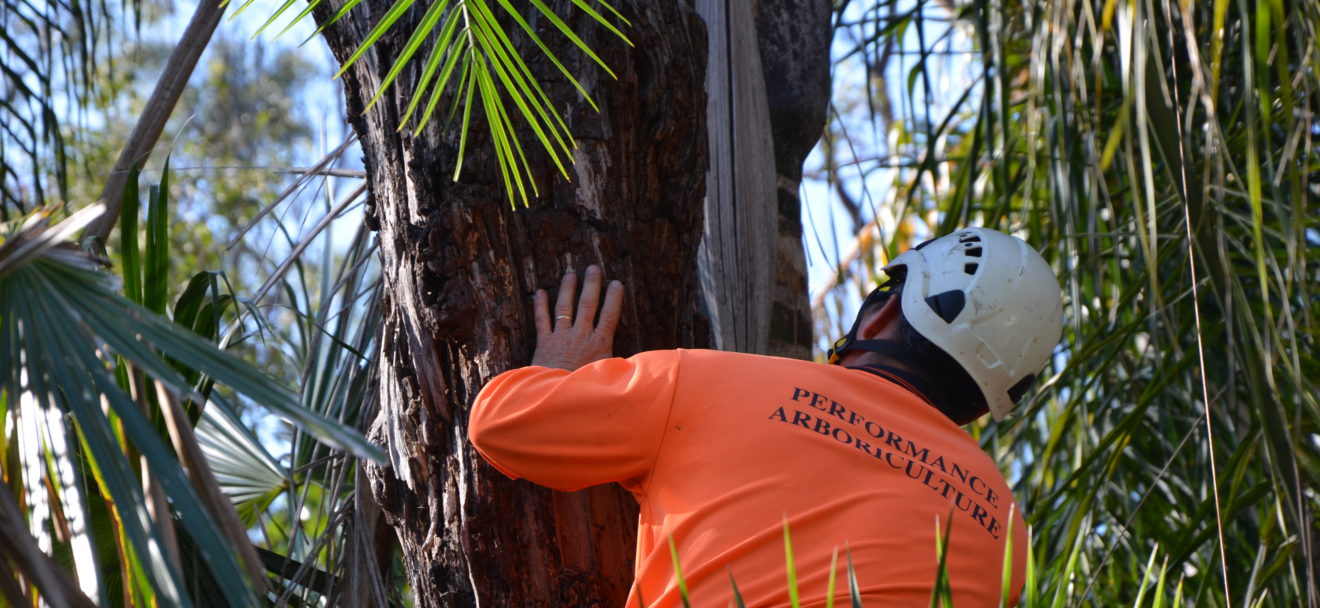Trees – Habitat for the Wildlife
TREES – HABITAT FOR THE WILDLIFE
As arborists, we have a huge amount of love and passion for nurturing trees and ensuring they are well cared for.
Just because a tree is dead or dying, does not mean it is unsafe.
Sometimes, if you have the space and you have a tree dying or dead on your property, it may not be necessary to remove it as a dead tree will eventually form hollows for all sorts of wildlife to live within.
With all the new development that is going on in South East Queensland, there is much competition for a lovely hollow to live in.
It can take 100 years for a hollow to form in a tree so you can see how the clearing of land is destroying the natural habitat of many Australian species.
Obviously, if a tree is growing under power or phone lines it must be removed to ensure storm damage does not occur.
Signs That a Tree has become Unsafe
If you have a dying or dead tree close to your house or a footpath, it may be necessary to call in a professional to assess the health of the tree.
There is always a chance that they tree need only be trimmed to ensure no limbs fall. This is a good compromise.
We have outlined some things for you to be aware of when monitoring your trees.
Damage can result from many forms. If you have a tree that has a crack or seam in it, it may indicate internal decay.
A tree can also sustain trunk and root damage from being too close to construction.
This may show itself some time down the track in the form of a half dead tree. If this is the case it will need attention as this will cause an imbalance in the tree, which can lead to it leaning hazardously.
Depending on the species, as a rule of thumb anything less than 25% damage to the trunk or its branches and it may be able to be saved with proper care and lopping to allow it time to recover.
Internal rotting is not usually seen so you need to observe the tree itself. A sign of this can be the growth of fungus on the trunk.
Habitat can be another deciding factor for thinning the crown. Many species will grow close to each other, relying on natural attrition to remove some of the competition. This is not always a failsafe method and can create crowding and lead to stunting.
Whatever your need, we at Performance Arboriculture are not only able to advise, we are also able to perform any work necessary.

